Wine 101: Wine, Explained Well

Great wine starts underground. Soil texture, structure, minerals, microbes, and water dynamics govern vine vigor and berry chemistry—and, ultimately, a wine’s aroma, texture, and aging potential. From limestone and slate to basalt and loess, each soil writes a distinct physiological...
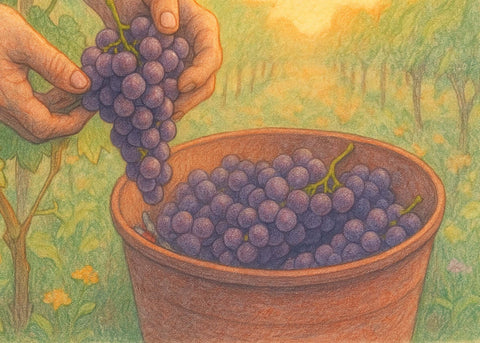
Low-sulfite wine (sometimes written “low-sulfites”) refers to wines crafted with minimal added sulfur dioxide (SO₂)—often just enough to protect freshness and stability, and sometimes none at all (“no added sulfites”). Sulfites occur naturally during fermentation, so even “NAS” wines will...
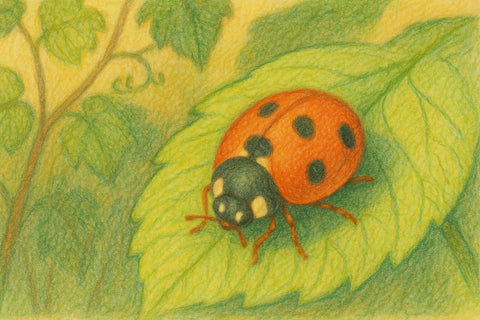
Organic wine refers to wines made from grapes grown without synthetic herbicides, pesticides, or fertilizers, and vinified under rules that restrict certain additives and processing aids. While details vary by market, organic certification gives drinkers verifiable standards from vineyard to...
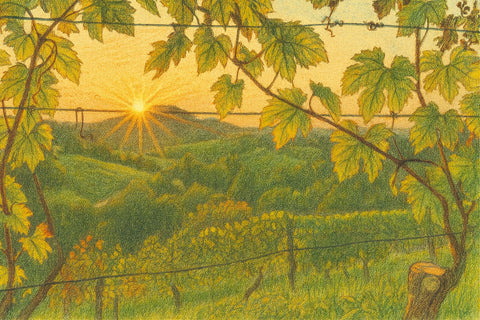
The natural wine movement has emerged as a significant force in the global wine industry, advocating for sustainable viticulture and minimal intervention in the winemaking process. This movement prioritizes organic and biodynamic farming practices, eschewing synthetic chemicals in favor of...
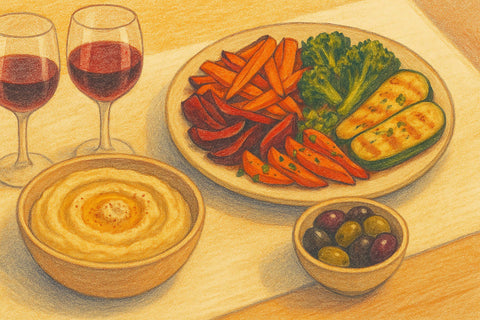
Exploring vegan wine and wondering how it differs from natural wine, organic wine, and biodynamic wine? This guide explains what makes a wine vegan, the role of fining and filtration, which ingredients to avoid, how certification works, and tips for...
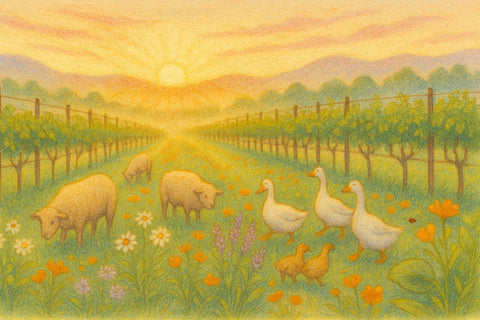
Shopping for biodynamic wine and curious how it compares to organic wine and natural wine? This deep dive explains the principles behind biodynamic viticulture, how they translate to the cellar, what these wines taste like, and how to choose great...

Rosé wine is a serious, terroir-driven category—not merely a seasonal refreshment. Made primarily from red grapes with limited skin contact, rosé spans crystalline, bone-dry Provençal styles to deeper, gastronomic expressions like Tavel and Cerasuolo d’Abruzzo. This guide—written in a professional,...
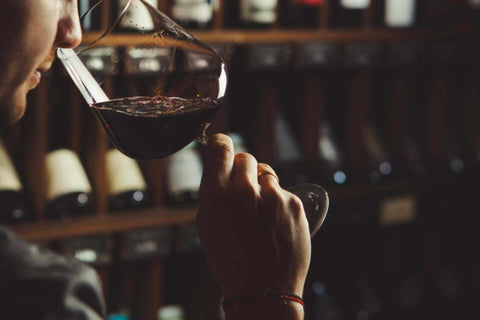
Wine aromas offer insights into the wine’s varietal character, production methods, and maturation process. These aromas are classified into three categories: primary, secondary, and tertiary, each representing a different origin and stage in the wine's development. Table of Contents Primary...
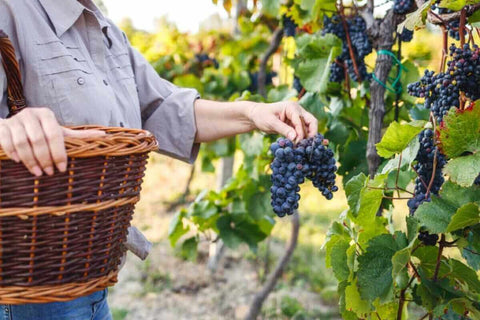
French Wine Classifications: A Primer France employs a complex system of classifications to describe the roles and processes within its wine industry. These terms can define the origin and quality of the wines and also shed light on the business...
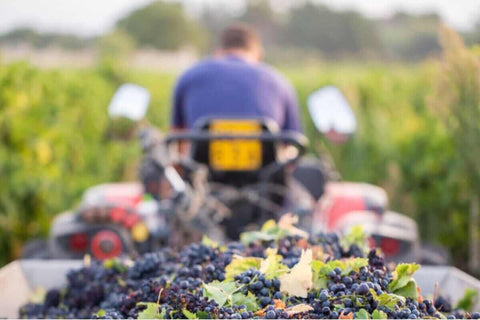
Négociant wines make great wine more accessible—uniting skilled sourcing, transparent labeling, and low-intervention cellar work. This guide explains how négociants operate, where they excel, and how they intersect with natural wine. Learn the differences between classic merchants and Négociant-Manipulant, what...
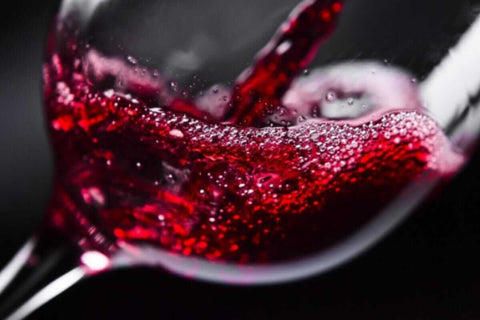
Hey there, wine lover! Ever wondered what's really in that glass of wine you're swirling? Whether you're a vegan enthusiast, a curious drinker, or just here for a good time, we're about to take a grape-tastic journey into the world...
